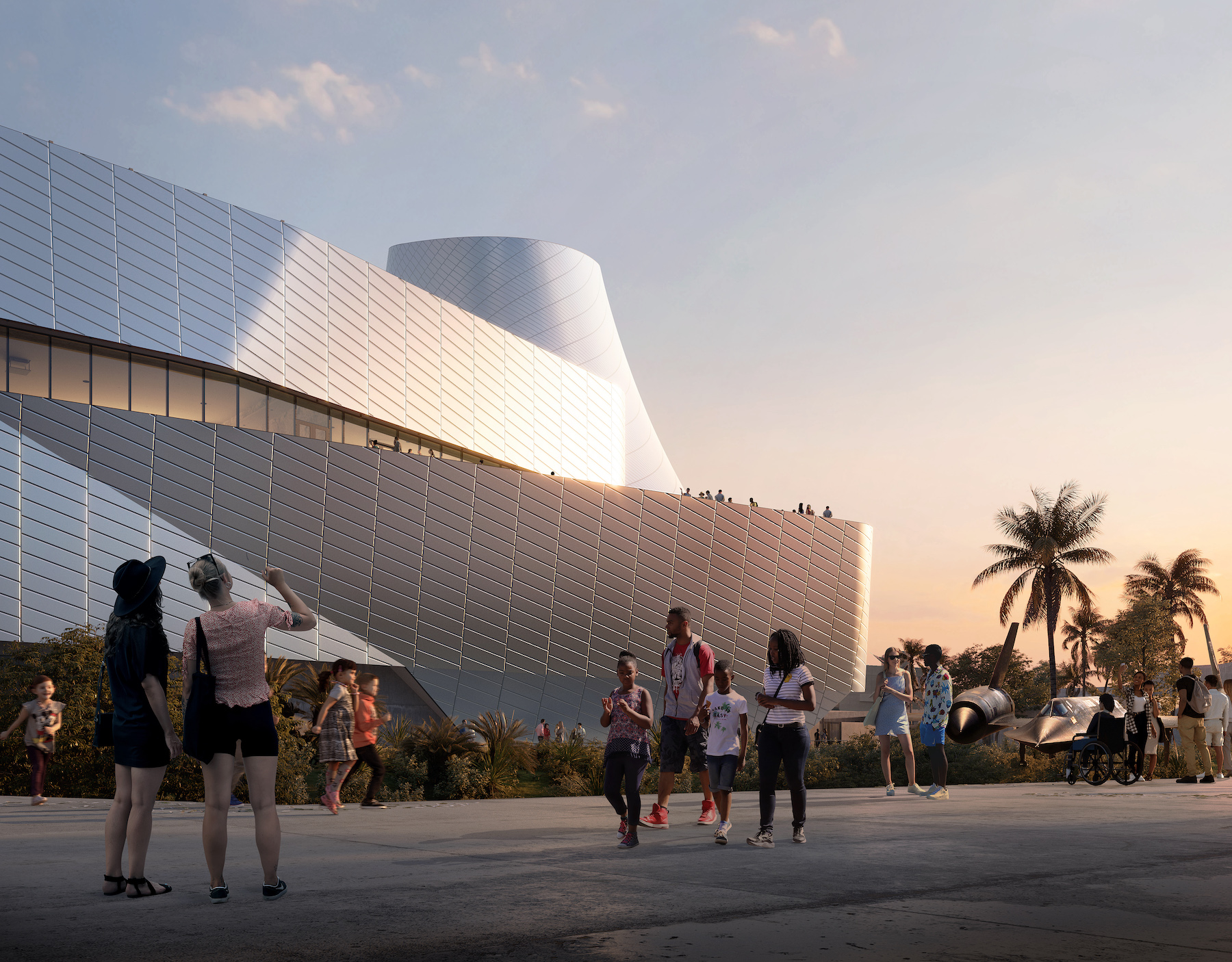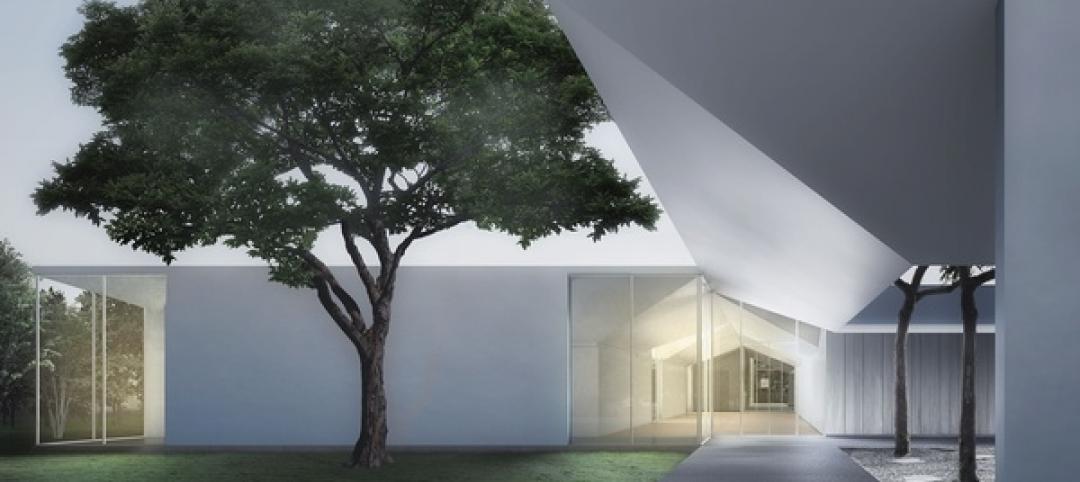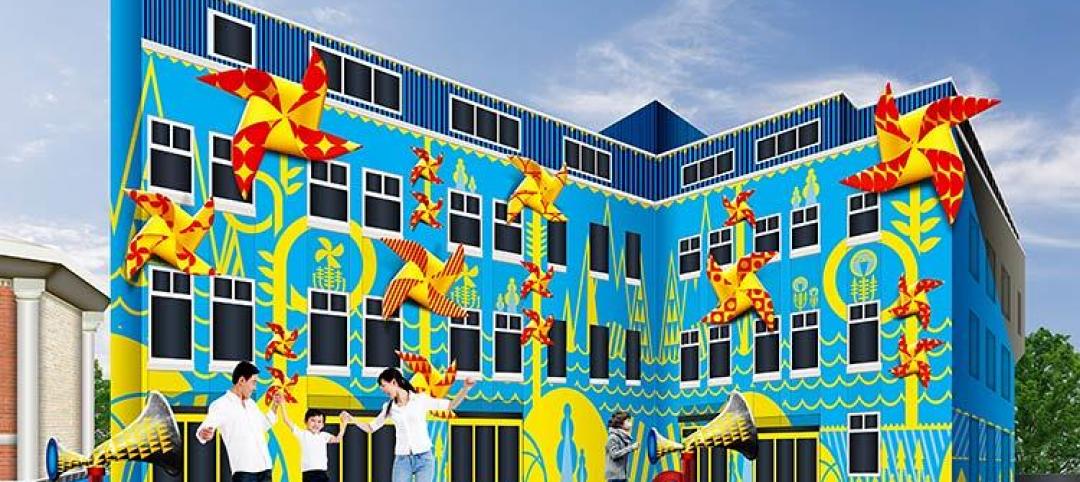The California Science Center—a hands-on science center in Los Angeles—recently broke ground on its Samuel Oschin Air and Space Center. At 200,000 square feet and 20 stories high, the Air and Space Center will almost double the California Science Center’s educational exhibit areas.
The new addition to the Science Center will contain 150 interactive, educational exhibits in three multilevel galleries. The hands-on exhibits will be designed to encourage visitors to investigate scientific and engineering principles of atmospheric flight and the exploration of the universe. The Air and Space Center’s collection of aircraft and spacecraft will be selected to illustrate a key concept on each of its three multilevel galleries—air, space, and shuttle—across four floors and 100,000 square feet of exhibit space.
The Air and Space Center also will become the permanent home of Space Shuttle Endeavour, one of three remaining flown space shuttle orbiters. Endeavour will be presented in a “ready-to-launch” vertical configuration that will include solid rocket boosters and an external tank—the world’s only display of an authentic space shuttle system, according to the Science Center. The June 1 groundbreaking event coincided with the 11th anniversary of Space Shuttle Endeavour’s final touchdown.
The Samuel Oschin Air and Space Center marks the third phase of the California Science Center’s three-phase, three-decade master plan to develop one of the world’s leading science learning centers. Now underway, construction is expected to last three years. At about a year and a half into construction, Space Shuttle Endeavour will be positioned in the Air and Space Center. Architectural design is by ZGF, construction by MATT Construction, and exhibit design by Evidence Design.
On the project team:
Owner and developer: California Science Center Foundation
Design architect and architect of record: ZGF
MEP engineer and structural engineer: Arup
General contractor/construction manager: MATT Construction
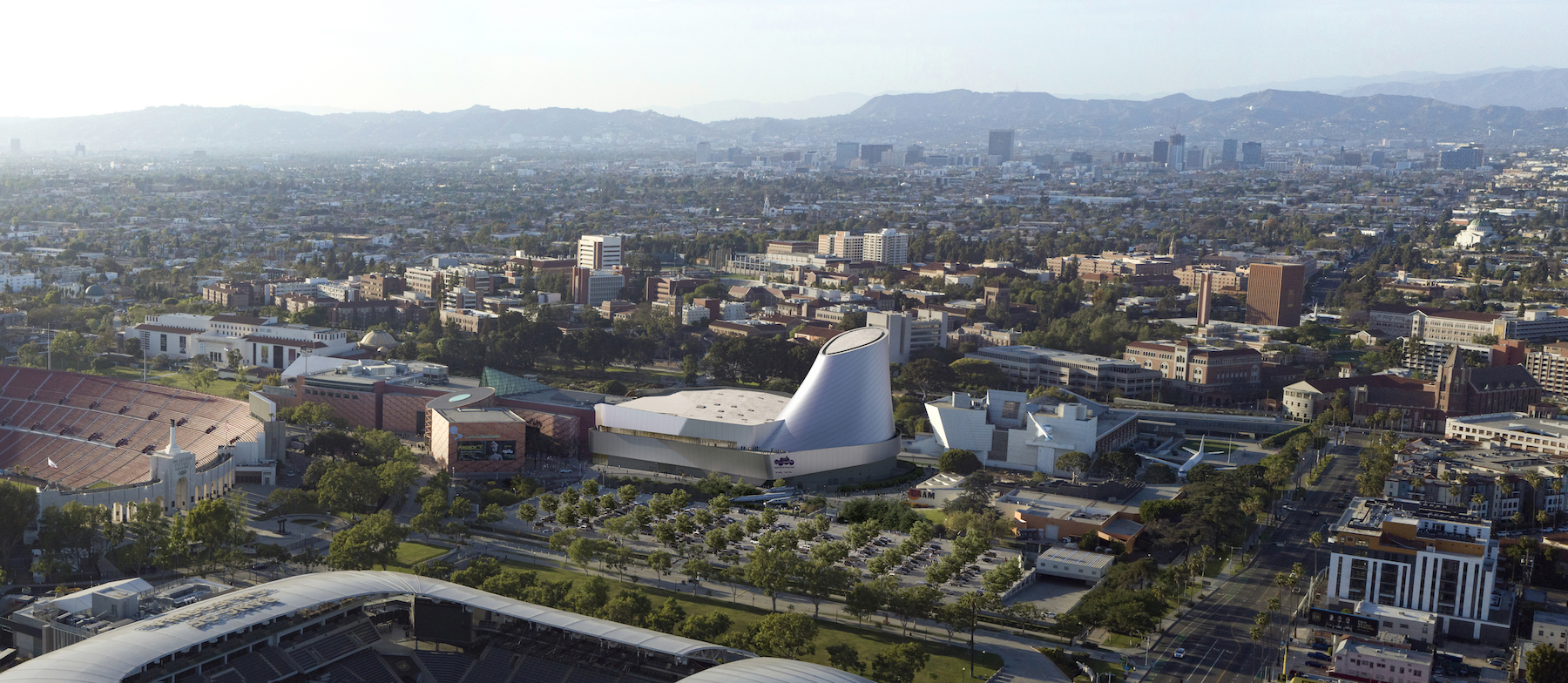
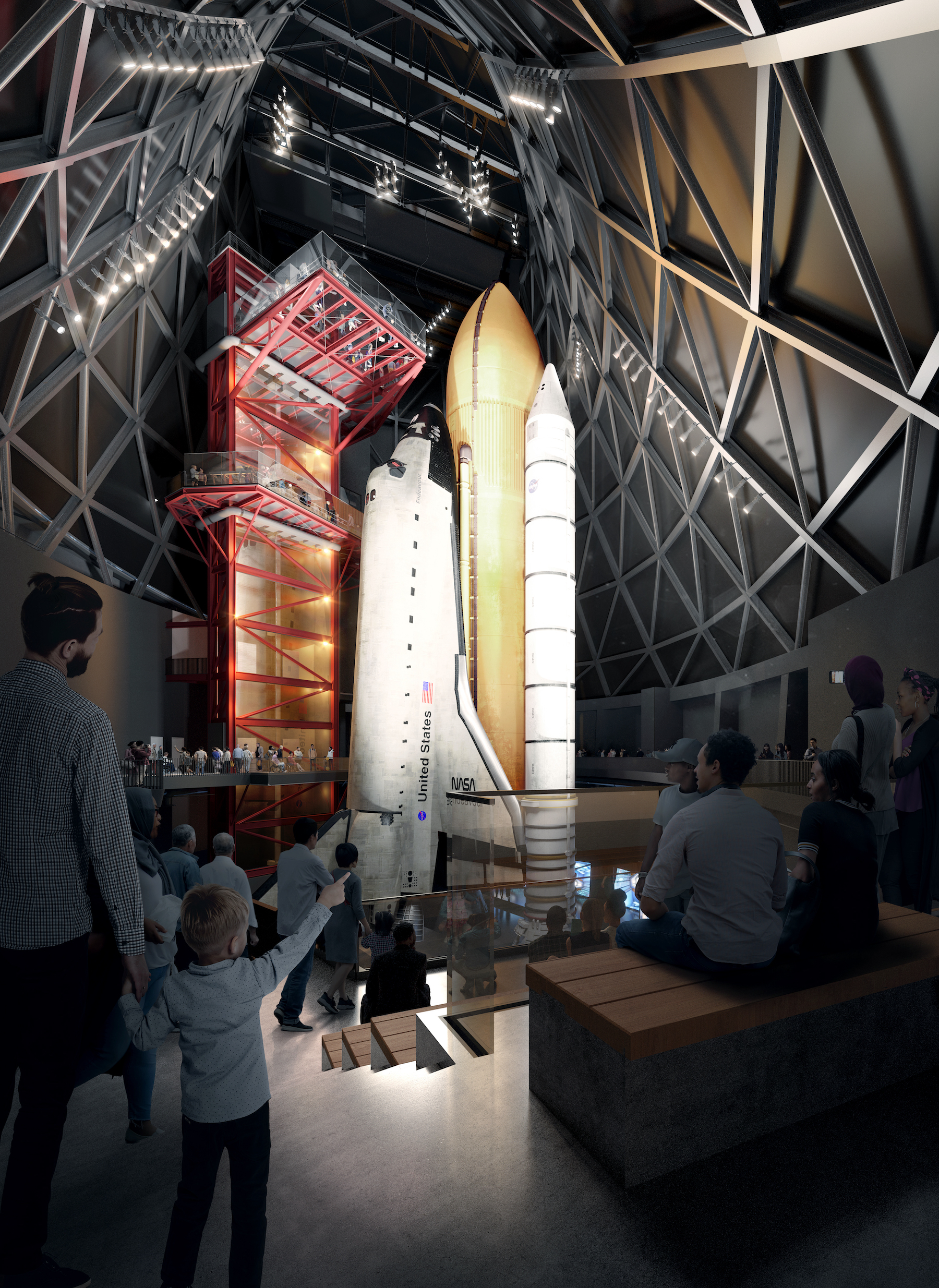
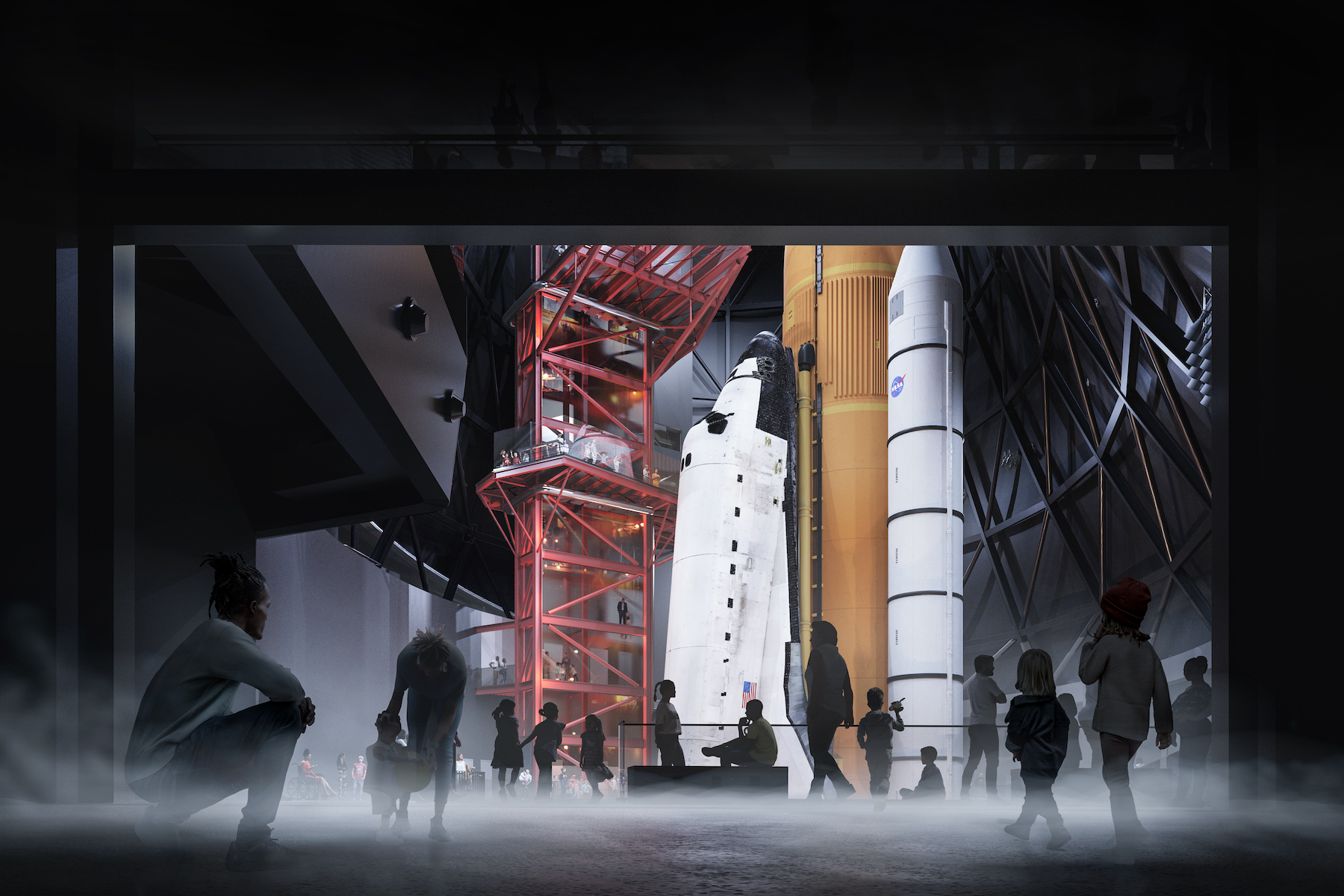
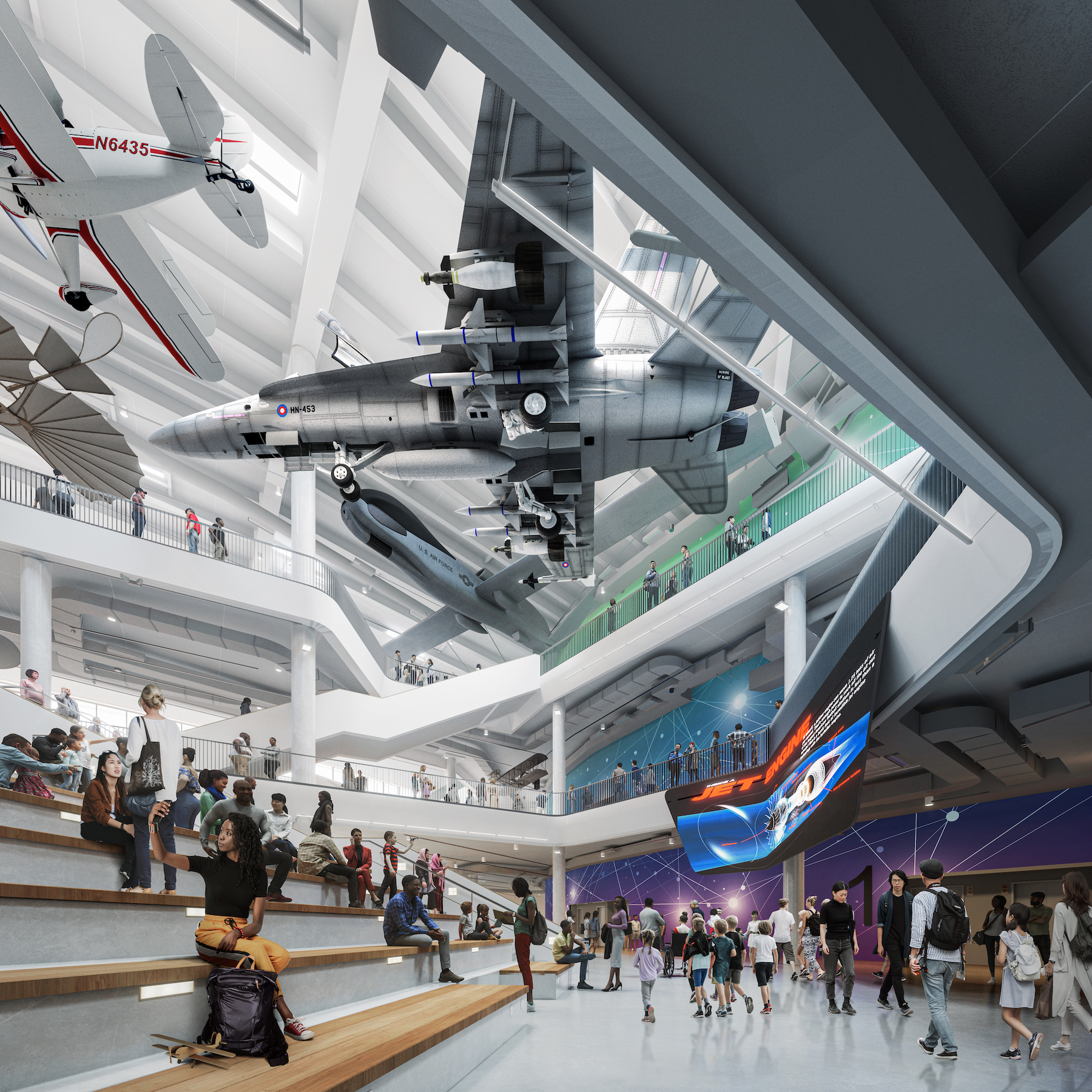
Related Stories
| Mar 13, 2014
Do you really 'always turn right'?
The first visitor center we designed was the Ernest F. Coe Visitor Center for the Everglades National Park in 1993. I remember it well for a variety of reasons, not the least of which was the ongoing dialogue we had with our retail consultant. He insisted that the gift shop be located on the right as one exited the visitor center because people “always turn right.”
| Mar 12, 2014
14 new ideas for doors and door hardware
From a high-tech classroom lockdown system to an impact-resistant wide-stile door line, BD+C editors present a collection of door and door hardware innovations.
| Mar 5, 2014
5 tile design trends for 2014
Beveled, geometric, and high-tech patterns are among the hot ceramic tile trends, say tile design experts.
| Feb 24, 2014
New Menil Drawing Institute will fit in with leafy surroundings
In Houston, plans are being finalized for the first freestanding American building built to house and conserve modern and contemporary drawings.
| Feb 18, 2014
Robert A.M. Stern sent back to drawing board for Revolutionary War museum in Philadelphia
The Philadelphia Art Commission has suggested some significant changes to the design by Robert A.M. Stern Architects, namely the elimination of a cupola and the addition of eye-level windows on the ground floor.
| Feb 14, 2014
Giant interactive pinwheel adds fun to museum exterior
The proposed design for the Santa Cruz Museum of Art and History features a 10-foot pinwheel that can be activated by passersby.
| Feb 14, 2014
Crowdsourced Placemaking: How people will help shape architecture
The rise of mobile devices and social media, coupled with the use of advanced survey tools and interactive mapping apps, has created a powerful conduit through which Building Teams can capture real-time data on the public. For the first time, the masses can have a real say in how the built environment around them is formed—that is, if Building Teams are willing to listen.
| Feb 13, 2014
Extreme Conversion: Nazi bunker transformed into green power plant, war memorial
The bunker, which sat empty for over 60 years after WWII, now uses sustainable technology and will provide power to about 4,000 homes.
| Jan 30, 2014
How reverse engineering nature can spur design innovation
It’s not enough to copy nature. Today’s designers need a deeper understanding of environmental nuance, from the biome in.
| Jan 28, 2014
16 awe-inspiring interior designs from around the world [slideshow]
The International Interior Design Association released the winners of its 4th Annual Global Excellence Awards. Here's a recap of the winning projects.


